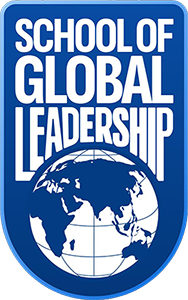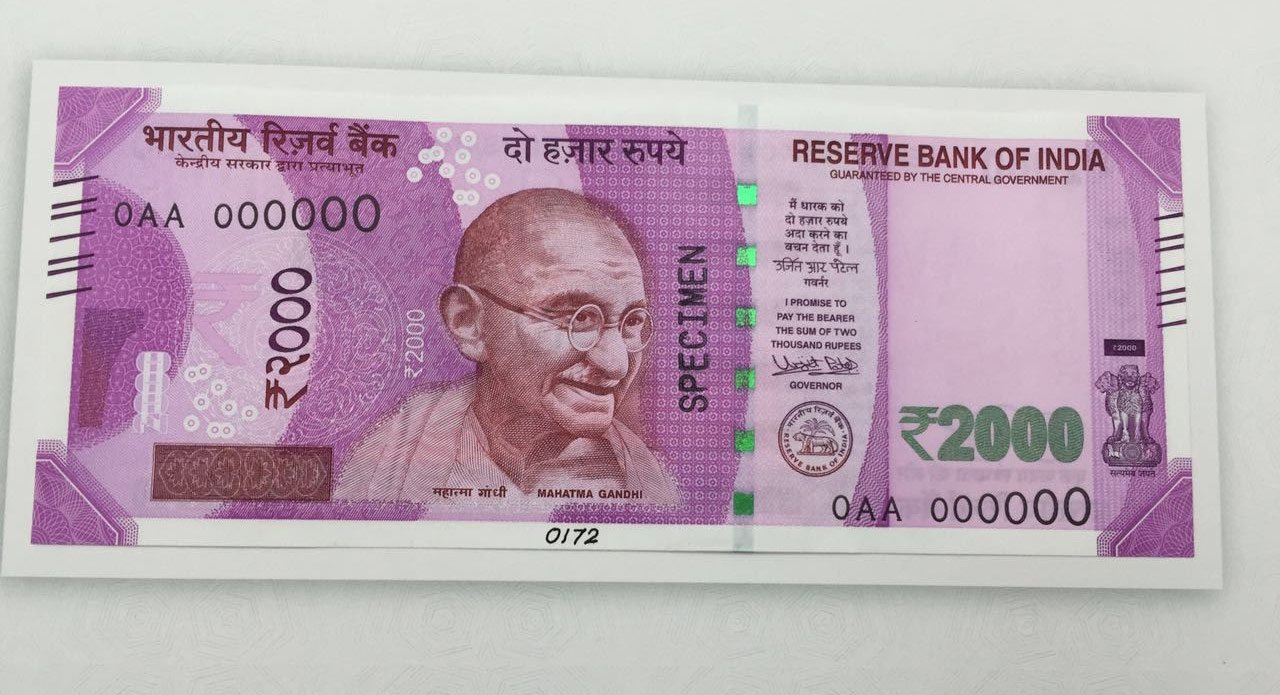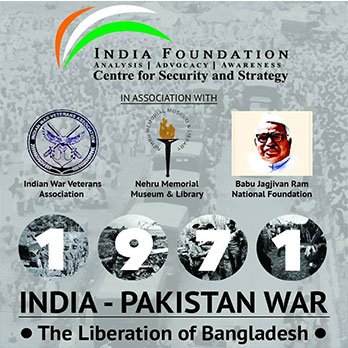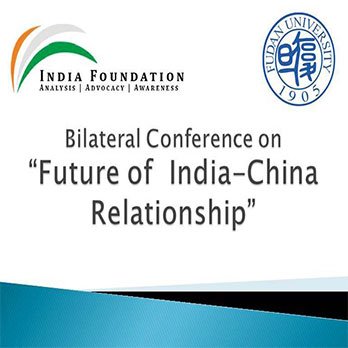It is a timely initiative to bring together important states and principal maritime partners of the Indian Ocean Region for consolidating maritime partnership to ensure peace, security and development.
The Oceans and Seas constitute critical ‘global commons’ for our civilization. The Oceans and Seas have been serving as an important component for economic prosperity throughout history. Over the years, increasing dependence on ocean and seas for effective transportation has resulted in greater concern for ensuring the safety and security of the sea lines of communications.
Indian Ocean has remained at the centre of interest to the major players of the world because of its strategic location and natural resources. Indian Ocean Region has also emerged as the most prominent global economic highway. 66% of the world’s oil shipments, 33% of its bulk cargo and 50% of the world’s container traffic pass through its waters. The oil arteries of the world flow through the Indian Ocean.
It is not only trade and economy, competition among some of the major powers in securing visible and credible presence in the Indian Ocean has shaped the dynamics of the Indian Ocean region. We see growing interests among countries in the region to develop new infrastructures in the Indian Ocean. Countries also seek to build, expand and strengthen their naval infrastructures in the Indian Ocean. Efforts are also to be made for further cementing existing alliances and forming new alliances to ensure safety, security and development of the region. Overlapping territorial claims and disputes have added new dimension to this evolving security scenario.
While we recognise the strategic and economic importance of the Indian Ocean, we must not lose sight of the host of challenges it presents. Countries in Asia and the Pacific are four times more likely to be affected by a natural catastrophe than those in Africa, and 25 times more vulnerable than Europe and North America. The climate change impacts and resultant sea level rise have further enhanced the risks and vulnerabilities of the Indian Ocean countries.
We should also recognise a variety of security threats, posing danger to maritime peace and stability. Piracy continues to remain as one of the most worrisome maritime security challenges to date. Maritime terrorism has also surfaced as an omnipresent global and regional threat. Human trafficking and drug smuggling are the twin issues that have lately re-captured global attention.
As I proceed to call upon the Speakers for their deliberations, let me reiterate that maritime peace, security and stability are essential for our development, progress and prosperity. It however requires strong commitment from all the nations of the Indian Ocean region and beyond towards achieving this shared objective.
Let me thanks the Speakers for their very insightful deliberations, presentations and analyses, highlighting potentials, issues and challenges for maritime cooperation in the Indian Ocean region. Let me summarise their views and add my own perspectives to those.
First, the centre of gravity is being shifted to Asia. International relations are, perhaps, in a state of dynamic transition. The geopolitical game in the Asia-Pacific region is taking a new turn. Focus has been shifted from ‘Asia-Pacific’ to ‘Indo-Pacific’. ‘Rebalancing Asia’ or ’Pivot to Asia’ manifests the changing nature of power matrix in the region. Therefore, the role of the Indian Ocean is critically important in this equation.
Second, strategic equations in the Indian Ocean is increasingly becoming complex with major powers competing each other’s for more prominence and visibility. This presents enormous challenges, so are the opportunities. It is, therefore, crucial for us to understand the character, dimension and magnitude of this competition to appropriately choreograph our respective positions vis-à-vis others.
Third, to adequately harness the potentials of oceans and seas, we need to effectively address the maritime boundary related issues. Bangladesh has been able to amicably resolve its maritime disputes with both of its neighbours-India and Myanmar. This has unleashed tremendous possibilities for all of us toexploit the vast resources that we have in our maritime territory including the hydrocarbon reserves.
Four, Maritime security and freedom of navigation are essential as well for enhanced international trade and economic cooperation. The capacity of regional organisations including Indian Ocean Rim Association (IORA) could be further strengthened to manage security related challenges. A collective security architecture based on mutual trust and partnership may be envisioned in this regard.
Five, Many countries of the Indian Ocean region are the worst victims of climate change. It is an imperative for us to coordinate our resources, synergise our strength and share our best practices into minimizing adversities of climate change, with special focus on adaptation measures.
Six, Capacity building of the Indian Ocean countries is a precondition for better utilization of ocean resources. Capacity has to be built across the academia, research institutions, national regulatory bodies and mechanisms. Due priority should be accorded to the transfer of technology and mobilisation of financial resources among and between the Indian Ocean countries. LDCs and Land Locked countries should be given special preference.
Last but not the least, we need to maintain ocean health by striking a balance between conservation, exploitation and utilisation of marine resources. This would eventually contribute towards building an inclusive, equitable and sustainable society, as envisaged in the Sustainable Development Goals (SDGS) adopted in September 2015.
I am convinced that we must follow the path of cooperation and collaboration, not competition and conflict, in tapping the full potentials of the Indian Ocean. Let me conclude quoting the Prime Minister of Bangladesh, “Blue economy concept has ushered in a new horizon for economic development through utilizing the sea and marine resources at national and international level. History of development of many countries tells us that the countries which utilised the sea and its resources became economically more prosperous than others”.
(This article is the gist of remarks made by Mr. Abul Hassan Mahmood Ali, Hon’ble Foreign Minister, Govt. of Bangladesh as the Chair of the ‘Plenary on Comity’ at the Indian Ocean Conference 2016 at Singapore on 2nd September, 2016.)









